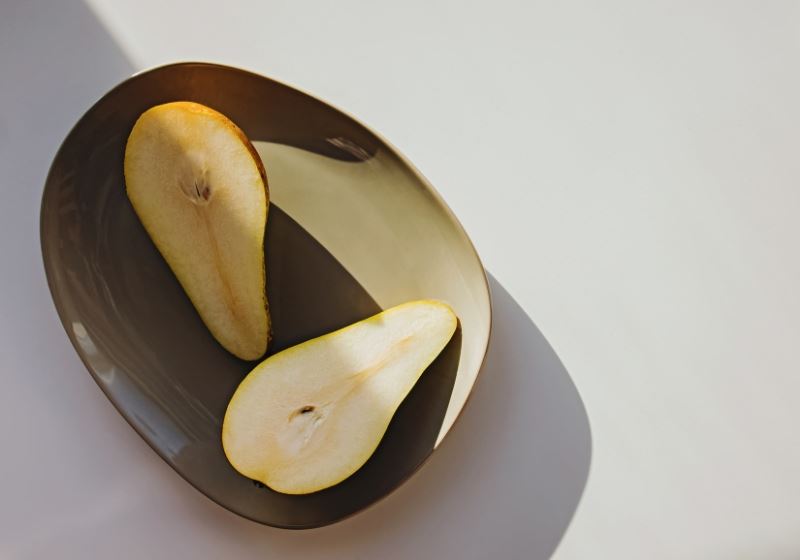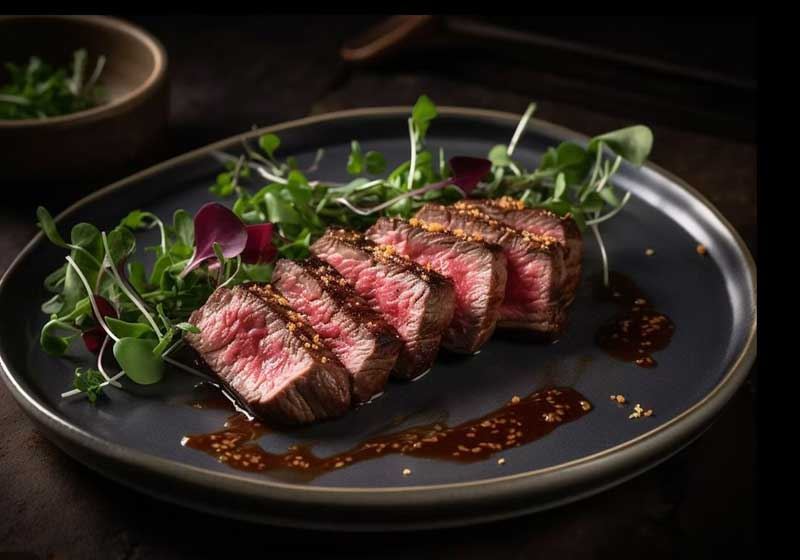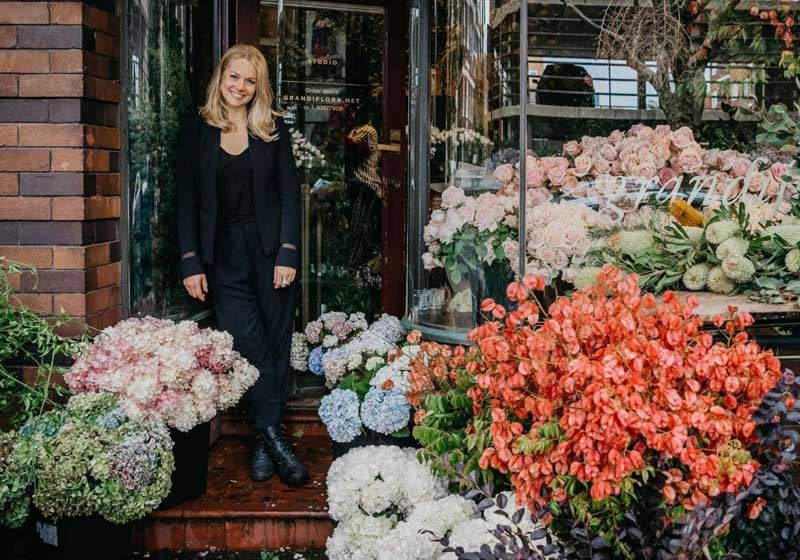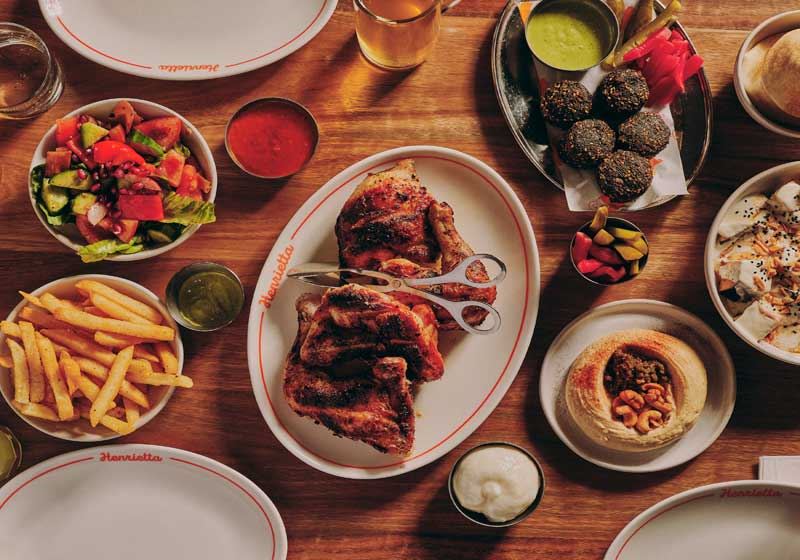By Marie-Antoinette Issa.
There’s a Thai restaurant on almost every major street in Australia. Whether you’re in suburban Melbourne, coastal Queensland or inner-city Sydney, the aroma of garlic, chilli and lemongrass is never far away.
Pad Thai is practically a national comfort food and green curry as a takeaway tradition has lasted longer than any viral TikTok food trend. So, what is it about Thai food that makes it such a fixture of the Australian dining scene?

It starts with people. Thai migration to Australia began in earnest in the 1970s and with it came cooks, families and entrepreneurs who brought their culinary traditions with them. By the 80s and 90s, Thai restaurants were popping up in cities and regional towns alike.
What began as family-run kitchens serving locals quickly turned into something much bigger - a cornerstone of multicultural Australian dining.
From there, flavour did the rest. Thai food doesn’t play it safe. It’s bold, vibrant and layered - a cuisine built on balance. Sweet, salty, sour, spicy and bitter are all in constant conversation on the plate.
One bite might start with the heat of a bird’s eye chilli, before mellowing into coconut milk sweetness, finishing with a hit of lime or the funk of fish sauce. It’s exciting, dynamic food and Australians, who pride themselves on having adventurous palates, have embraced it fully.
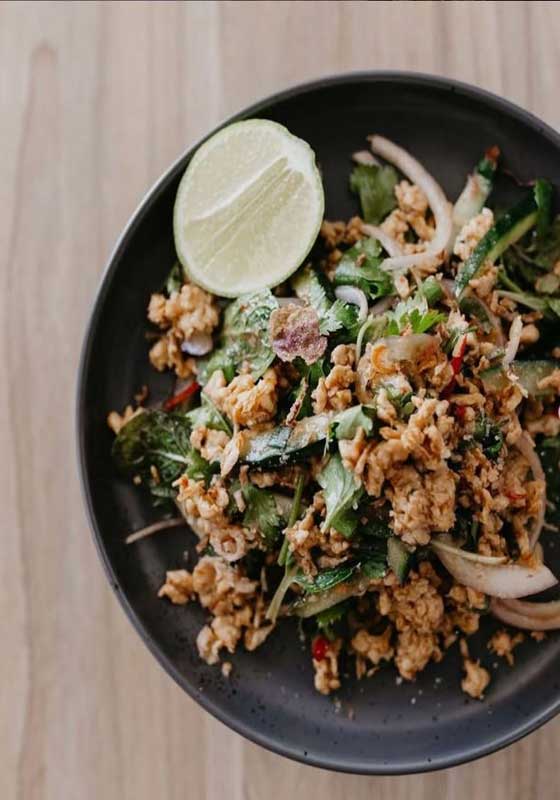
Then there’s the freshness. Thai food is full of herbs - mint, Thai basil, coriander - and crunchy vegetables, often served raw or lightly cooked. Meals are built around rice, grilled meat, seafood and aromatic broths rather than heavy sauces or starches.
It feels light, even when it’s indulgent. In a climate like Australia’s, with long Summers and a strong beach culture, that sort of eating just makes sense.
Importantly, Thai food found a sweet spot between authenticity and accessibility. The core ingredients - rice, noodles, chicken, prawns, coconut milk - were already familiar to Aussie diners, but the way they were combined felt new.

Dishes came alive with fresh herbs, sour tamarind, roasted peanuts and crushed chilli. It wasn’t intimidating like some cuisines can be for first-timers. It was easy to love from the first forkful.
Cost played a role too. Thai restaurants have long been known for offering big flavours at friendly prices. You could grab a fiery bowl of green curry or a fragrant noodle dish for under $20 - something quick, tasty and satisfying after work or a night out. That kind of value turned Thai into a weeknight staple rather than a special occasion splurge.
Over time, Australian palates have matured - and Thai cuisine has evolved with them. The newer wave of Thai restaurants lean more regional, more refined, more daring. You’ll now find northern Thai larb served with fermented pork and herbs, Isaan-style grilled chicken marinated in fish sauce and coriander root and rich southern-style curries that pack serious heat. It’s no longer just about pad Thai - though that’s still a national favourite - but about discovering the diversity of Thailand’s food culture.
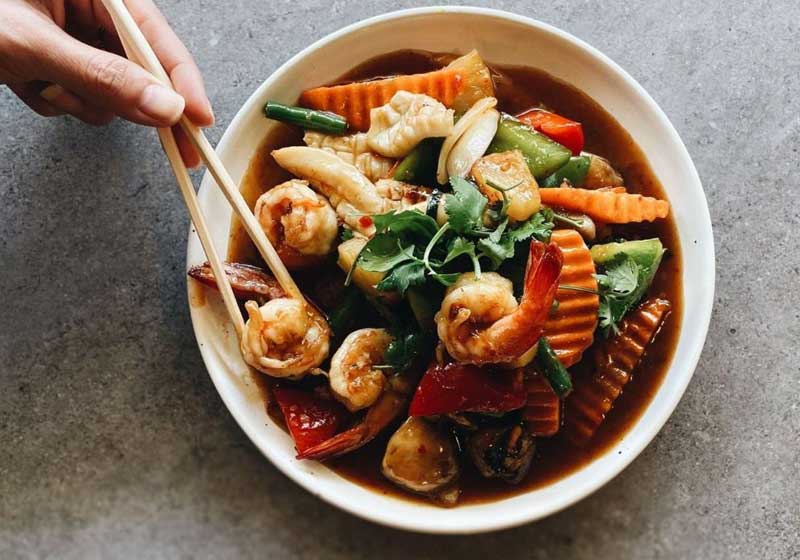
There’s also something deeply social about the way Thai food is eaten. Meals are designed to be shared - a table full of contrasting dishes that complement and challenge each other. That communal style fits seamlessly into how Australians like to eat: relaxed, generous, informal.
Add a few cold beers, a warm evening and a table full of friends and you’ve got the blueprint for a perfect night out.


